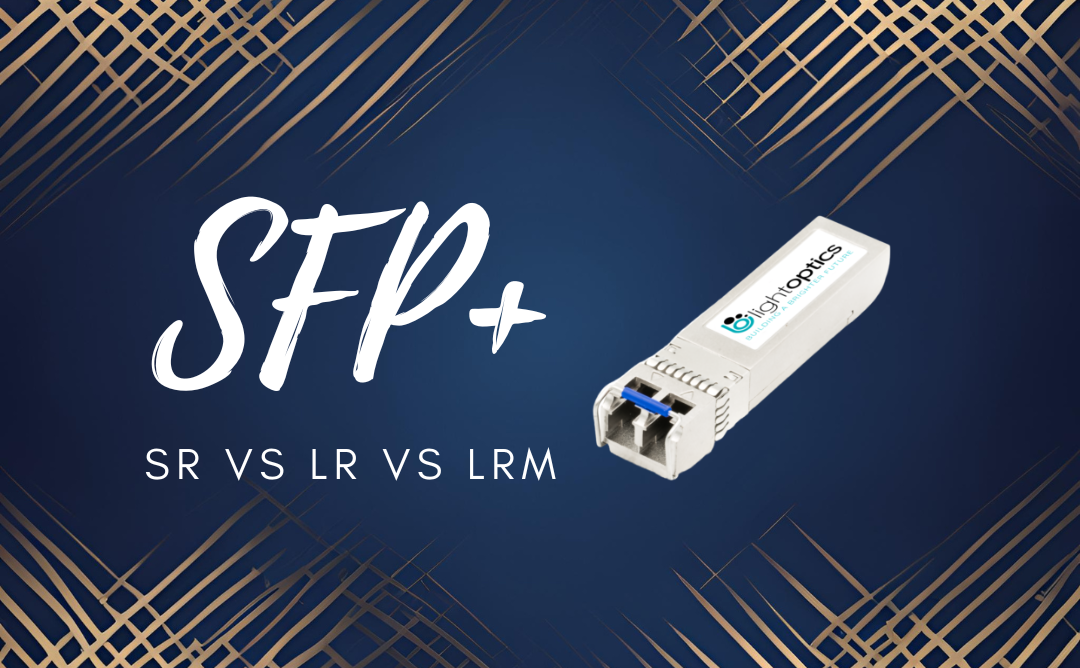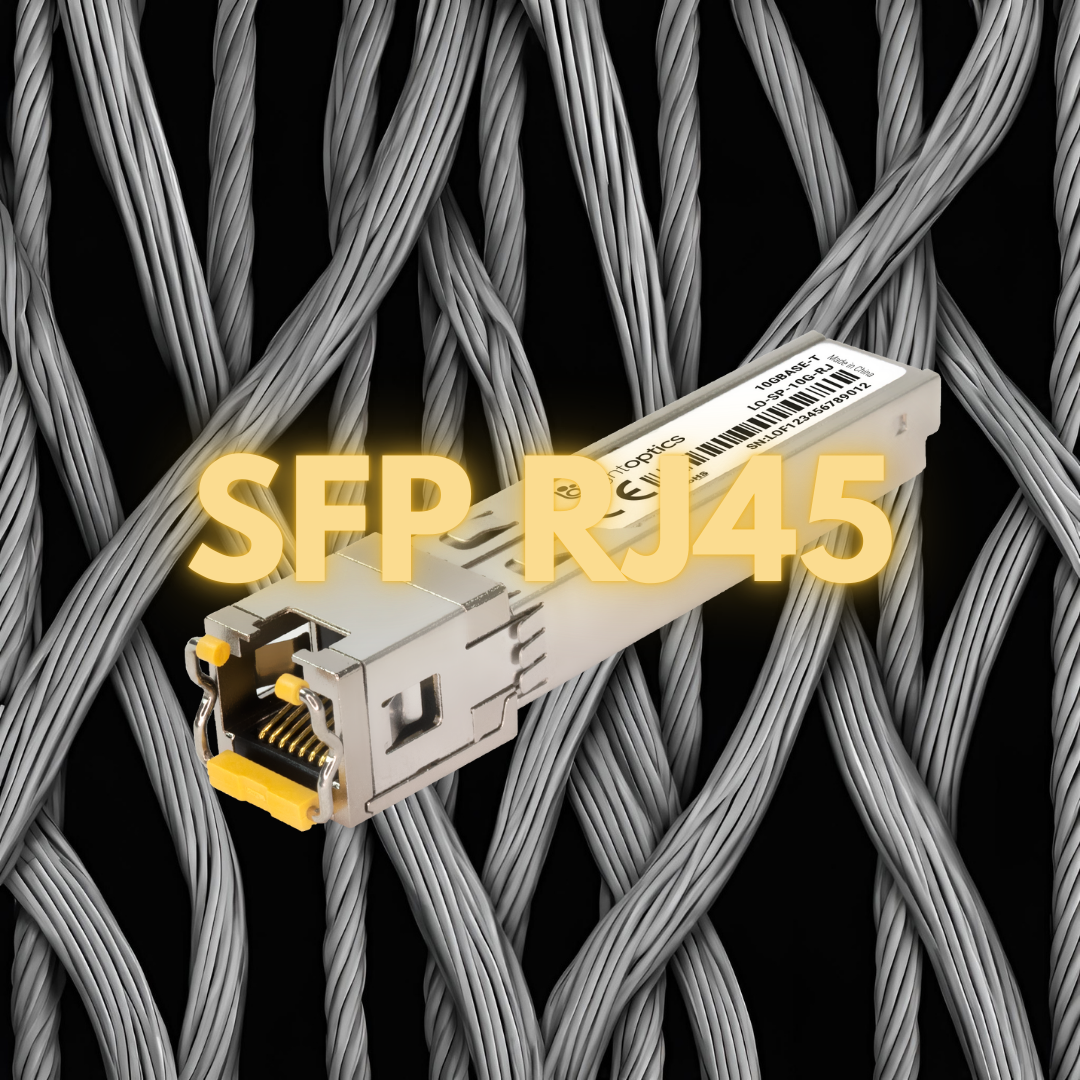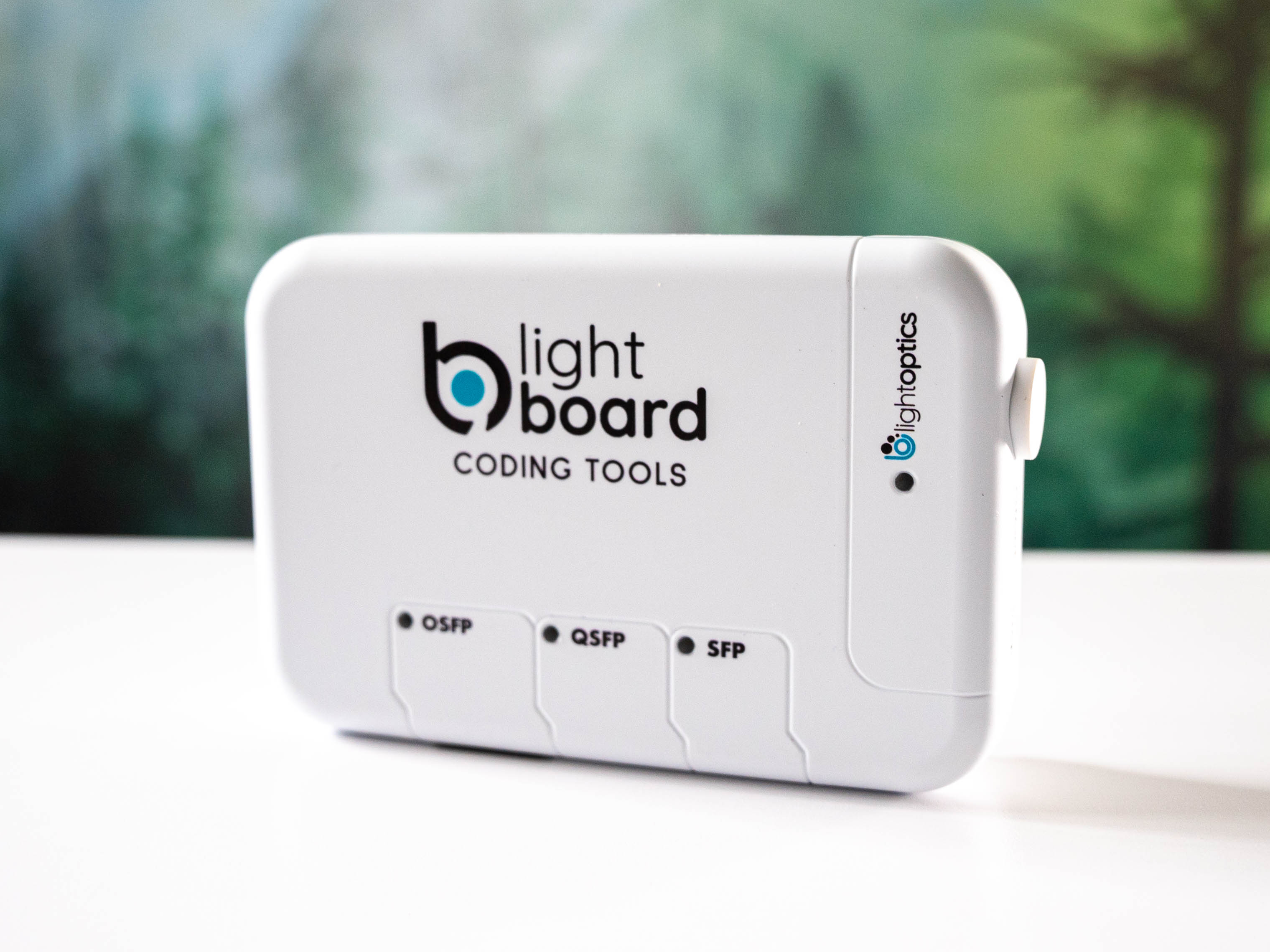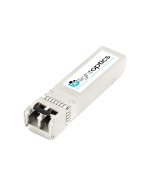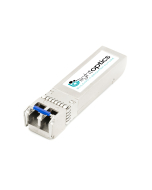SFP (Small Form-Factor Pluggable) modules support transmission speeds from 100 Mbit/s up to 4.25 Gbit/s. Depending on the model, they can support Fast Ethernet (100 Mbit/s), Gigabit Ethernet (1 Gbit/s), Fibre Channel 1/2/4 Gbit/s, SONET, and SDH standards. The fiber optic connector can be made in LC or SC standards.
SFP+ (Enhanced Small Form-Factor Pluggable) modules operate at speeds from 6 Gbit/s up to 32 Gbit/s. Depending on the model, they can support Fibre Channel 4/8/16/32 Gbit/s, 10 Gigabit Ethernet (10 Gbit/s), SDH STM-1/4/16/64, and OTN OTU2 standards. The fiber optic connector can be made in LC or SC standards.
SFP module division:
- Modules that work with copper cable - support Fast Ethernet (100 Mbit/s) and Gigabit Ethernet (1 Gbit/s) standards.
- Modules that work with fiber optic cable:
a. Multimode modules (MMF)
i. Dual fiber - bidirectional transmission using a pair of fiber optic cables
ii. Single fiber (BiDi) - bidirectional transmission using a single fiber optic cable
b. Single mode modules (SMF)
i. Dual fiber - bidirectional transmission using a pair of fiber optic cables
ii. Single fiber (BiDi) - bidirectional transmission using a single fiber optic cable
iii. CWDM - transmission using a wavelength division multiplexing system, up to 18 channels spaced by 20 nm
iv. DWDM - transmission using a wavelength division multiplexing system, up to 80 channels spaced by 0.8 nm
SFP+ module division:
- Modules that work with copper cable - transmit data using Ethernet protocol in the 10 Gigabit Ethernet standard.
- Modules that work with fiber optic cable:
a. Multimode Modules (MMF)
i. Dual fiber - bidirectional transmission over a pair of optical fibers
ii. Single fiber (BiDi) - bidirectional transmission over a single optical fiber
b. Singlemode Modules (SMF)
i. Dual fiber - bidirectional transmission over a pair of optical fibers
ii. Single fiber (BiDi) - bidirectional transmission over a single optical fiber
iii. CWDM - transmission in a wavelength division multiplexing system, up to 18 channels separated by 20 nm
iv. DWDM - transmission in a wavelength division multiplexing system, up to 80 channels separated by 0.8 nm
Will the SFP module work in the SFP+ port?
It depends on what kind of device you have.
SFP and SFP+ modules look similar on the outside, they have identical dimensions and connectors, so it is theoretically possible to put both modules in the same port of a device, e.g. a switch/router/transponder. However, whether an SFP module with a lower rate (1G) will work properly in a port designed to support SFP+ modules with a higher rate (8G/10G) depends on the port communication circuit that the manufacturer has used in its device, hence on the internal structure of the port. Therefore, it will not always be possible to support an SFP module in an SFP+ port.
Will the SFP port on the switch support an SFP+ module ?
SFP port with a lower speed of 1G usually does not support SFP+ modules with a higher speed of 10G. Some manufacturers describe fiber ports generically as SFP and only in the datasheet specify what speed does the port support.
SFP and SFP+ modules look similar on the outside, they have identical dimensions and connectors, so it is theoretically possible to put both modules in the same port of a device, e.g. a switch/router/transponder. However, whether an SFP module with a lower rate (1G) will work properly in a port designed to support SFP+ modules with a higher rate (8G/10G) depends on the port communication circuit that the manufacturer has used in its device, hence on the internal structure of the port.
On the other hand, SFP+ ports with higher transmission speed (10G) usually have backward compatibility and support lower speed modules, i.e. SFP 1G. However, this is not the standard and not all devices with SFP+ ports accept 1G SFP transceivers.
Don't want to miss any more articles? Sign up for our newsletter or follow us on:










